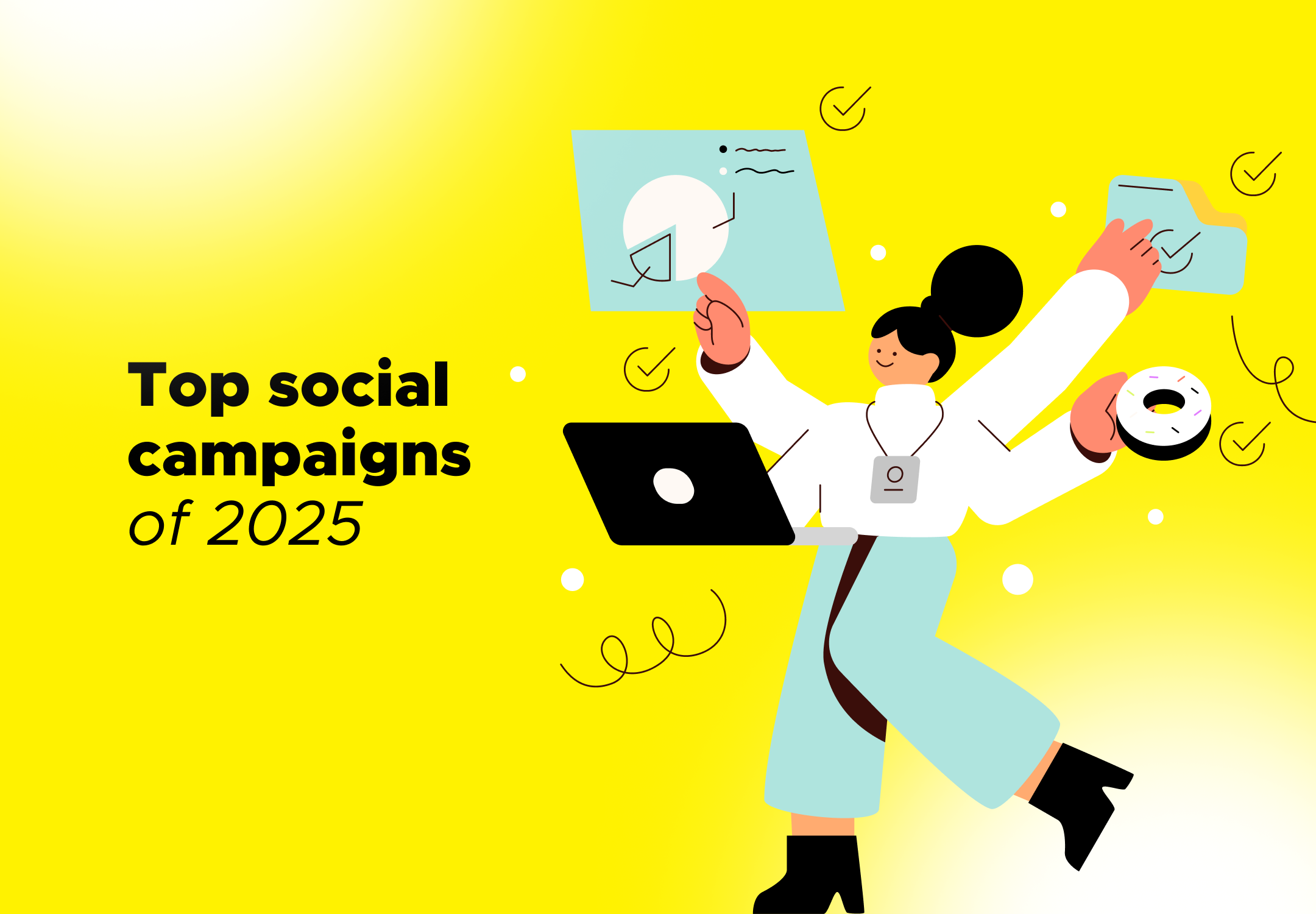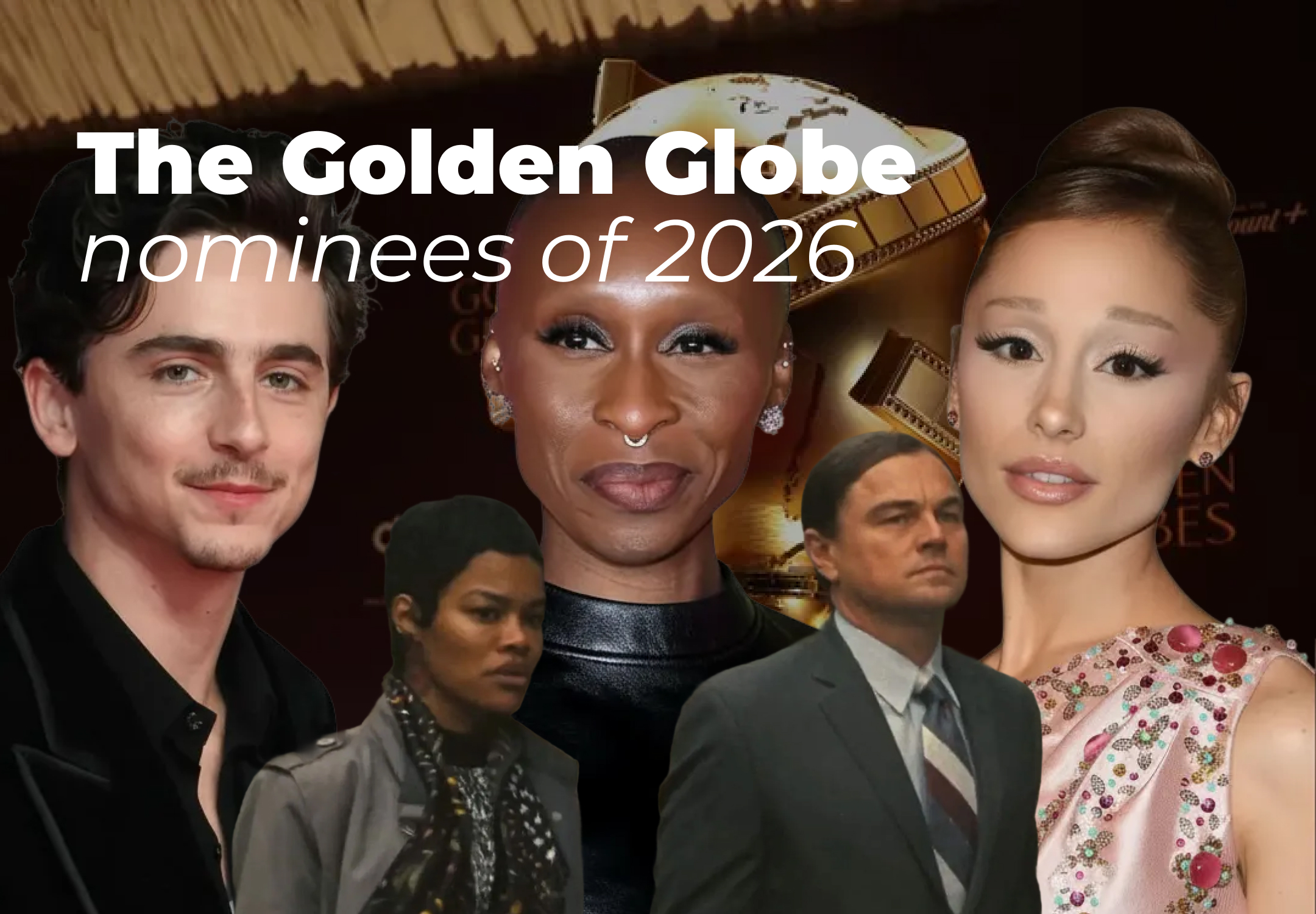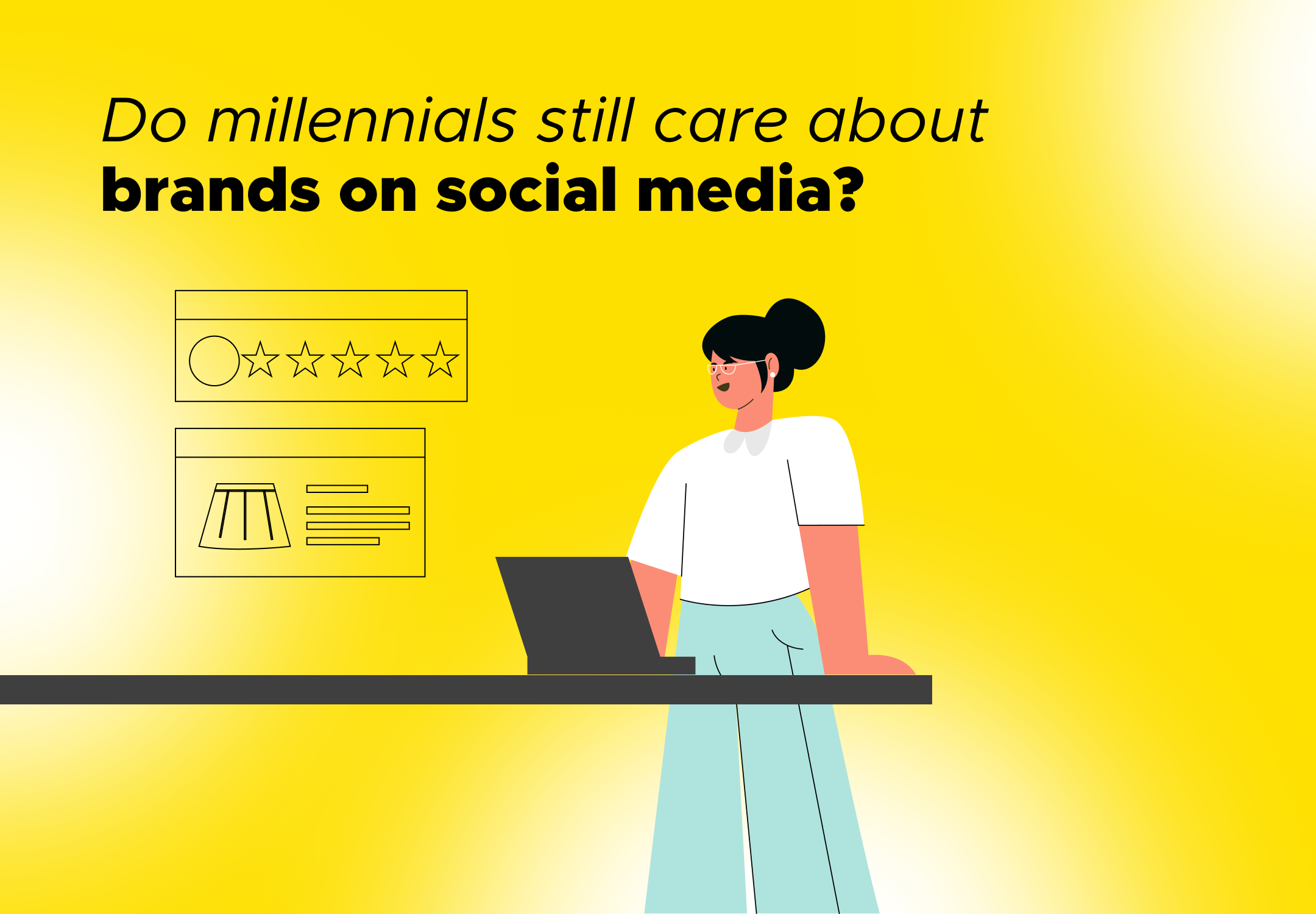Shock Drop, Big Impact: What Bieber’s Surprise Release Says About the Industry
Justin Bieber dropped his seventh album Swag with zero warning - one Instagram Story and the internet lit up. No rollout, just results. It’s a clear sign: in today’s music world, virality, fan culture, and algorithms run the show.
July 14, 2025

Justin Bieber surprise-dropped his seventh studio album, Swag, reigniting conversations about his career, social presence, and reclaiming his spotlight.
Gone are the days of drawn-out rollouts, radio campaigns, and teaser singles. In their place: the shock drop – a tactic built for algorithms, viral momentum, and a new kind of prestige where an Instagram Story carries more weight than a press release.
All it took was an image of the famous billboard on Sunset Boulevard in Los Angeles with the album cover, bringing the traditional and nostalgic factor to the promotion. Within hours, the internet lit up with speculation. Less than 24 hours later, Bieber delivered the answer, expanding the OOH campaign to iconic spaces like Times Square.
But the billboards weren’t used in a traditional sense – they sparked nostalgic momentum, designed for social virality. So, was it really an offline campaign, or just a cleverly disguised social one?
This playbook – surprise release meets fan-fuelled virality – is transitioning to be industry standard. But its real power lies in how it reflects deeper shifts in how labels scout, launch, and legitimise talent in a social-first music ecosystem.
Shock Drops: Engineering Virality Through Surprise
Shock drops capitalise on one of the most powerful forces in digital media: the collective attention spike. Unlike a traditional promotional cycle, which drips out content and dulls the moment of release, a shock drop compresses all interest into a single window – one designed to set algorithmic systems like Spotify’s or YouTube’s into motion.
Streaming platforms like Spotify use early performance signals – such as first-day streams, saves, shares, and skip rates – to determine a track’s potential and trigger algorithmic promotion. When a song gains traction within the first 24 to 48 hours, it’s more likely to be surfaced in personalised playlists like Release Radar or Discover Weekly, exponentially boosting its reach. This system rewards momentum: high engagement early on not only validates the track’s appeal but also feeds the algorithm’s confidence in recommending it to more users. In this ecosystem, surprise releases aren’t just hype tactics – they’re designed to concentrate attention and maximise impact in a narrow, high-stakes window.
With a sudden promo and surprise launch, Bieber ignited curiosity that funneled straight into listens. By the morning of the drop, everyone wanted in – contributing to his already staggering 47.7 billion streams on Spotify.
In Bieber’s case, months of speculation about his personal life crescendoed with the viral “It’s not clocking to you” meme, creating a cultural narrative arc that almost set the stage for this album’s release. Fans were primed, the timing was perfect, and Swag landed not just as a streaming event, but as a pinnacle moment of the conversation around him.
Was it all part of the plan? Or a coincidental echo of Britney Spears’ 2007 Blackout – a critically beloved album dropped in the shadow of relentless tabloid headlines. Either way, the message is clear: in today’s music economy, bad press isn’t just survivable through strong community engagement fostered through social media – it might be strategic.
#Beliebers As The Creators of Modern Community Engagement?
But this strategy only works when paired with authentic, organic buzz – something Justin Bieber has mastered since day one. Unlike artists later manufactured for social media, Bieber was discovered through it. His rise began on YouTube as “Kidrauhl”, powered by raw talent and a digital-first fanbase that would soon define modern fandom. The #Beliebers weren’t just fans – they narrated what community engagement means today, turning Twitter (now: X) into a livewire ecosystem of support, speculation, and virality. Their loyalty didn’t fade with time – it adapted. As platforms evolved, so did they: from Tweets to Instagram memes to TikTok trends.
They remain one of the most enduring and economically powerful fan communities in pop culture, with a track record of converting streams into sold-out arenas, merch into movements. Wherever Bieber goes, cultural and commercial capital follows.
This fan-driven virality is the formula to success of the model. And it runs both ways. Social platforms have become not just channels for music promotion, but discovery engines and even tastemakers in their own right. TikTok, in particular, has shifted the locus of power: It’s where songs break, genres blur, and unknown creators become global artists overnight. In this ecosystem, artists like Bieber aren’t just using platforms – they’re shaping them.
Labels have noticed. Today, scouting talent often means scouting data: TikTok saves, YouTube retention, Instagram growth. The performance that matters isn’t on stage, but in your For You page. Artists who can independently grow a following are seen as lower-risk, higher-upside investments. Lil Nas X’s “Old Town Road” didn’t earn label attention through radio – it became a TikTok phenomenon first. Only after its virality did Columbia Records step in.
As a result, many labels have recalibrated their approach. If a track goes viral, the data validates its hit potential. This democratises entry but narrows the funnel to those who can mobilise fanbases digitally. The artist isn’t the product – the audience is.
The New Launch Ecosystem
Today’s successful artist drop doesn’t follow a single path – it syncs multiple layers of culture and technology:
- Narrative priming through content and community tension.
- Surprise release to concentrate attention and ignite algorithmic lift.
- Real-time engagement via socials to drive secondary and tertiary reach.
- Prestige OOH placement to close the loop and validate success offline.
This playbook reflects a larger reality: fans don’t just consume music, they influence its trajectory. A meme becomes a marketing asset and participation creates meaning for its audience.
For CMOs and brand strategists, the lessons are clear:
- Surprise is a strategy, not a risk – when it aligns with audience sentiment.
- Build infrastructure around follower metrics, not just content calendars.
- OOH still matters – but choose placements that mean something.
- Invest in narrative arcs, not just assets. Fans respond to stories they’ve helped shape.
In a landscape where virality can be planned, but not forced, the most effective campaigns start not with an ad, but with a shared cultural moment.
And in that sense, Swag is not only significant to the #Belieber community as Bieber’s first album since 2021’s Justice. It holds meaning as it represents what modern marketing and promotion can look like. There is a new music marketing playbook: emotionally primed, algorithmically timed, and sealed with the last great billboard of Sunset Boulevard.
Latest News ☕

The top 10 breakthrough marketing moments of 2025 that stopped the scroll
December 10, 2025
The best brand campaigns of 2025 stopped the scroll. From Spotify Wrapped and Apple's alwa...

Golden Globes 2026: One battle after another dominates amid social media snubs
December 9, 2025
Paul Thomas Anderson's One battle after another swept the 2026 Golden Globe nominations wi...

Social engagement in 2025, top platforms & the brands millennials still love
December 4, 2025
Think millennials checked out of social media? Think again. In 2025, they were more engage...


